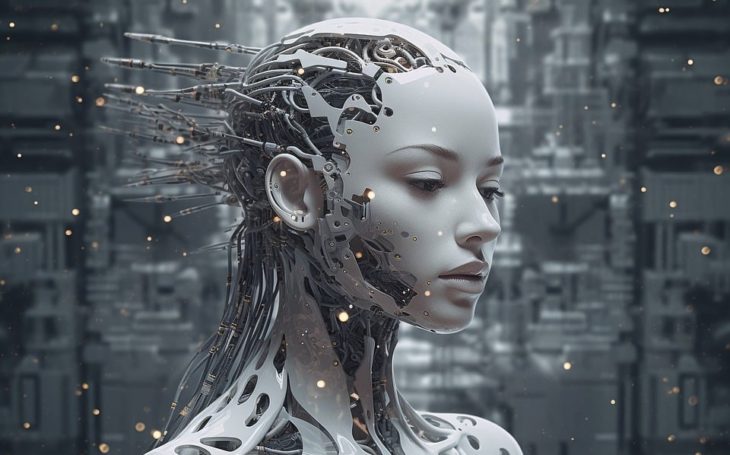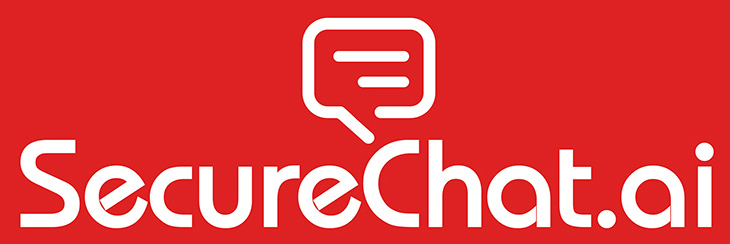
ChatGPT Revolutionizes Communication: Unveiling the Next Generation of AI Chatbots
Introduction
In recent years, AI chatbots have become an essential part of various industries, ranging from customer support and e-commerce to healthcare and education. The ability of chatbots to automate interactions and provide instant responses has revolutionized the way organizations engage with their customers. OpenAI’s ChatGPT, powered by GPT-3, has taken this revolution to the next level. This AI-powered chatbot is designed to enhance communication, improve user experiences, and tackle complex tasks. In this article, we will delve into the world of ChatGPT and explore its impact on the future of digital communication.
The Power of ChatGPT
ChatGPT, developed by OpenAI, is an advanced AI chatbot that leverages state-of-the-art language processing capabilities. It is trained on a vast amount of text data from the internet, making it proficient in understanding and generating human-like responses. Unlike traditional chatbots, ChatGPT can engage in dynamic and context-rich conversations, simulating realistic interactions. This breakthrough in AI technology opens up new possibilities for businesses and individuals to optimize communication strategies.
Enhanced User Experience
ChatGPT’s ability to engage in natural conversations offers a significant enhancement to user experiences. Gone are the days of rigid and scripted interactions with chatbots that left customers frustrated. ChatGPT’s contextual understanding and sophisticated language processing empower it to provide personalized responses that align with an individual’s needs or preferences. Whether it’s answering product-related queries, guiding customers through troubleshooting processes, or recommending suitable services, ChatGPT goes beyond the limitations of traditional chatbots to create a more immersive and satisfying user experience.
Complex Task Handling
One of the biggest challenges in AI chatbot development has been the capability to handle complex tasks. Traditional chatbots often struggle when faced with intricate queries or requests that require a deeper level of understanding. ChatGPT, on the other hand, brings a new level of sophistication. With its ability to comprehend and respond to nuanced contexts, it can tackle complex tasks with remarkable accuracy. For instance, ChatGPT can assist healthcare providers by providing information on symptoms and recommending suitable treatment options. It can also help users troubleshoot technical issues or support programmers with coding-related inquiries. The possibilities are endless, making ChatGPT an invaluable assistant across various industries.
Improved Language Generation
Language generation is an essential aspect of chatbot functionality, and ChatGPT excels in this area. It can generate coherent and contextually relevant responses that closely resemble human communication. ChatGPT’s ability to produce human-like text greatly enhances its usefulness and versatility. Organizations can leverage this aspect to create engaging content, personalize customer interactions, and provide high-quality support. Moreover, developers can integrate ChatGPT’s language generation capabilities into their applications, creating more fluid and natural interactions for users.
Potential Concerns
While ChatGPT brings unprecedented advancements to the world of AI chatbots, there are concerns regarding its potential misuse. GPT-3 models, including ChatGPT, can sometimes generate biased or inappropriate responses, reflecting the biases present in the training data. OpenAI is diligently working to address these challenges and promoting responsible AI usage. Users and businesses must also exercise caution and implement ethical guidelines when deploying AI chatbots to ensure unbiased and safe interactions.
FAQs
Q: Can ChatGPT understand multiple languages?
A: Yes, ChatGPT has the ability to understand and respond in multiple languages. It can be an effective tool for organizations with global customer bases.
Q: How does ChatGPT handle customer data privacy?
A: ChatGPT is designed to respect user privacy and retain information solely for the purpose of interaction. OpenAI has stringent data protection policies in place to prevent misuse or unauthorized access.
Q: How can ChatGPT be integrated into existing platforms?
A: OpenAI provides user-friendly APIs and developer tools to facilitate easy integration of ChatGPT into various applications and platforms.
Q: Is ChatGPT available for personal use?
A: Yes, OpenAI has plans to make ChatGPT available for personal use, allowing individuals to benefit from its advanced conversational abilities.
Conclusion
The introduction of ChatGPT marks a significant milestone in the evolution of AI chatbots. Its contextual understanding, complex task handling, improved language generation, and enhanced user experiences propel digital communication to new heights. As this next generation of chatbots continues to be fine-tuned and developed, businesses and individuals can expect a transformative impact on how they interact and engage with technology. However, it is crucial to deploy AI chatbots responsibly and address potential concerns to ensure unbiased and secure interactions. ChatGPT’s potential is unparalleled, opening up a world of opportunities for more efficient and effective communication.


